Oyster reefs are productive for inshore fishing, until you realize there's a lot of them! Look for this painfully obvious feature to identify the best one.
More...
Which Oyster Reefs Are Best To Fish?
If you've ever fished the bays and lagoons on Louisiana's coast, then you've seen all the oyster reefs created by commercial fishermen.
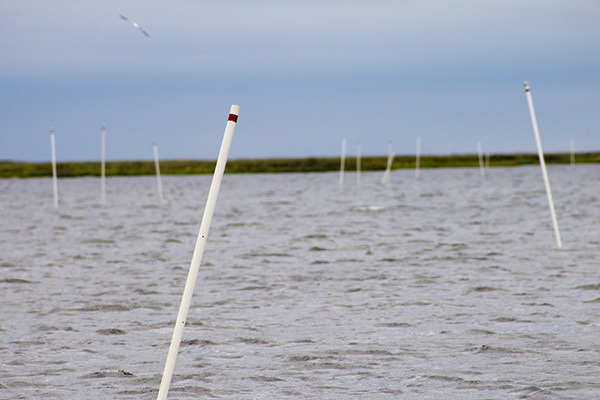
They make for excellent fishing and can become so packed with speckled trout that oyster dredges accidentally spear them!
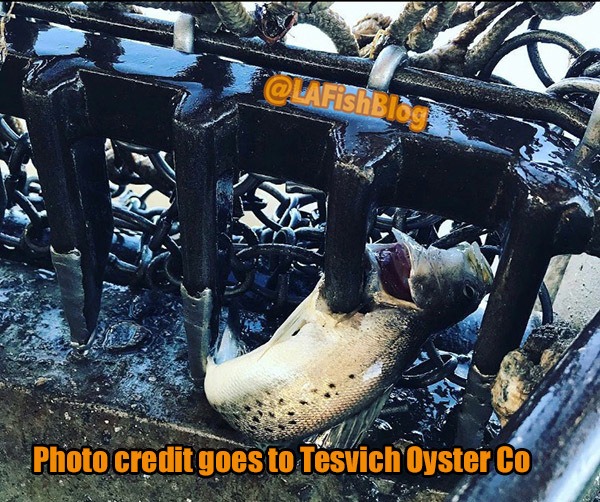
They're practically everywhere, making it easy to become frustrated when someone says "just fish the oyster beds".
So which oyster reefs are the best?
The answer: the ones with lots of PVC poles everywhere.
Why You Want All The PVC Poles
As explained in this blog post, those poles are used to mark leases in which oystermen seed and harvest oysters for consumption.
But it's not so simple: they share that water with everyone else, to include shrimpers.
How Shrimping Can Be Bad News For Fishing Oyster Reefs
In a nutshell, nets from shrimp boats drag on the bottom, disturbing the reef.
This can damage oysters, so oystermen have an incentive to keep shrimp boats out.
The solution? Put out so many PVC poles it'd be a nightmare for anyone to deploy their nets there.
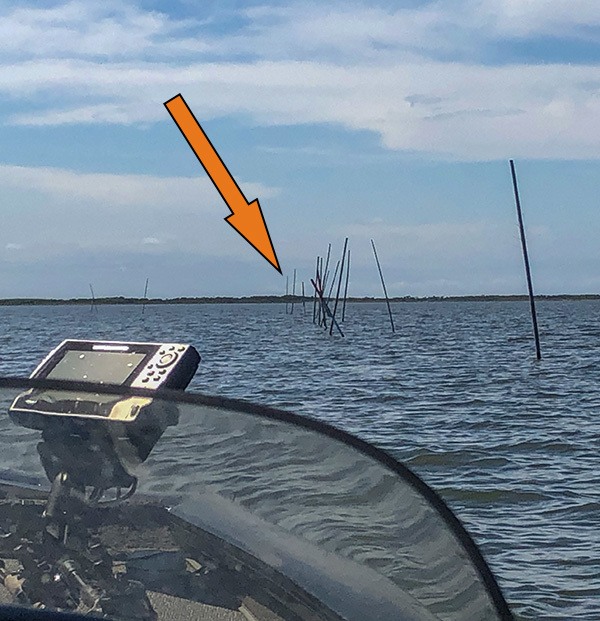
Adding a sign making it perfectly clear doesn't hurt, either.
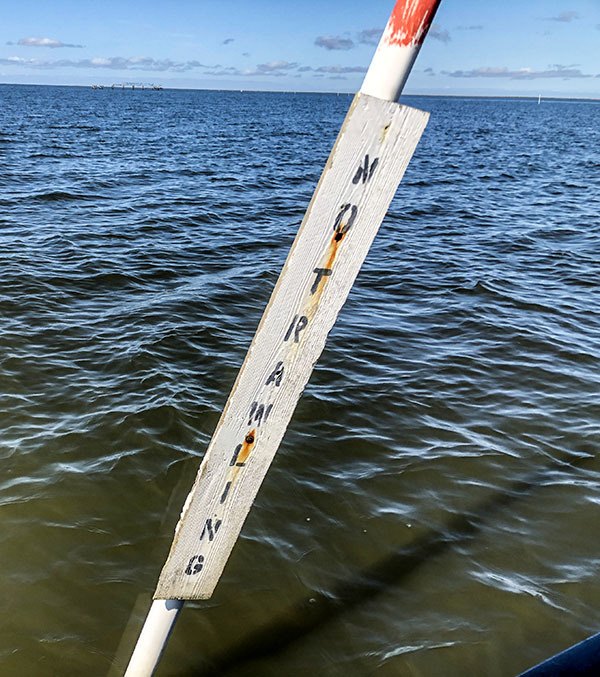
The Benefit To Inshore Anglers
We inshore anglers benefit from this conflict in a couple ways:
1. Water Stays Clean
Water clarity takes a dump when shrimp boats drag their nets on the bottom.
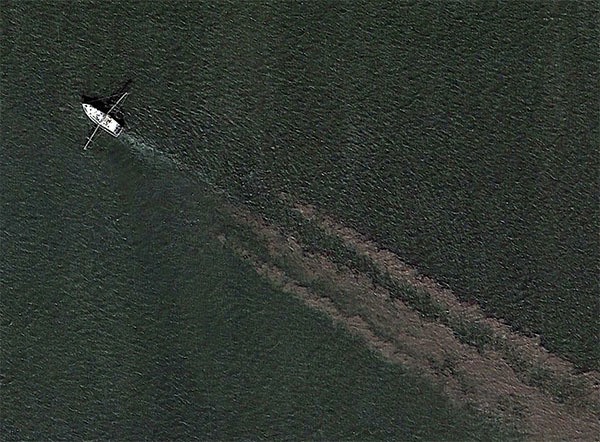
So, if you remember The Big Three, then you know fish won't stick around in dirty water, not if there's better places for them to be (and there almost always is).
But, without shrimping activity in the immediate area, the water remains clean and a good choice to target speckled trout, redfish, sheepshead or whatever you are targeting.
2. The Reef Goes Undisturbed
Do you live in a home occasionally visited by a wrecking ball?
No? Neither do fish!

"Honey, this living room is absolutely smashing!"
Shrimp Remain In The Area
Why would fish remain in an area with fewer feeding opportunities than anywhere else?
It makes sense that as more shrimp are removed, fewer feeding opportunities will be present.
So why stick around?
The One Thing To Look Out For
All of this is a moot point if an oyster boat is actively dredging the lease.
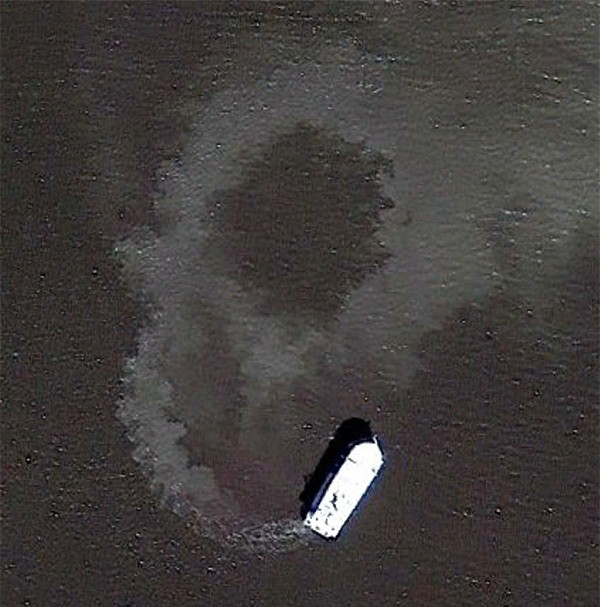
Kiss that spot goodbye!
Come back some other time, and hopefully you've found more oyster reefs to wet a line.
This blog post gives some useful pointers, but watching how I plan fishing trips (to oyster reefs and other hot spots) is a great insight, too!
